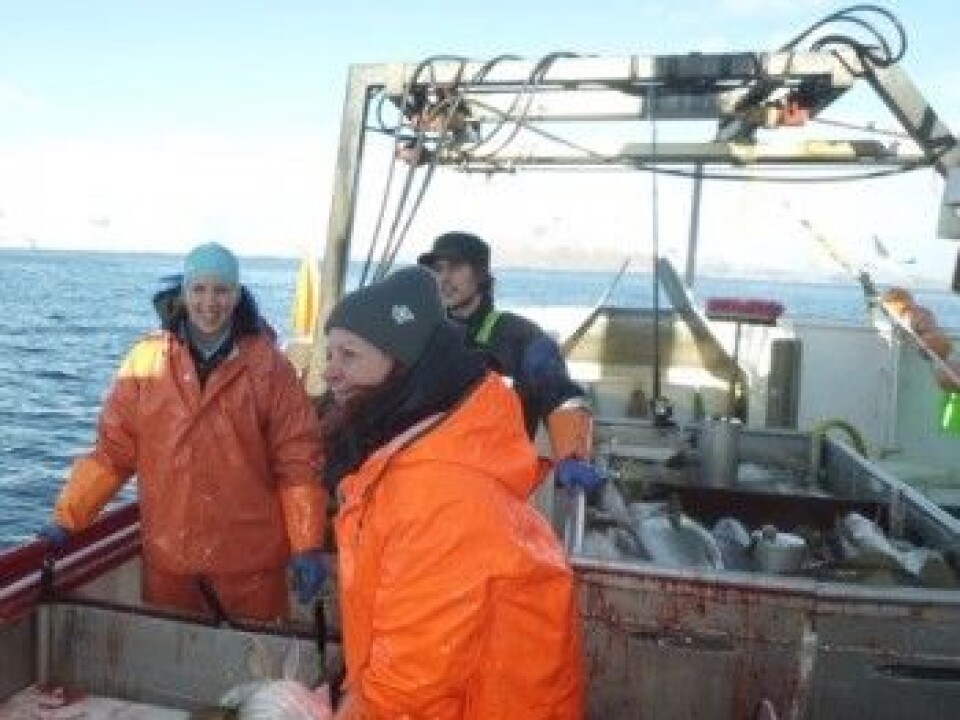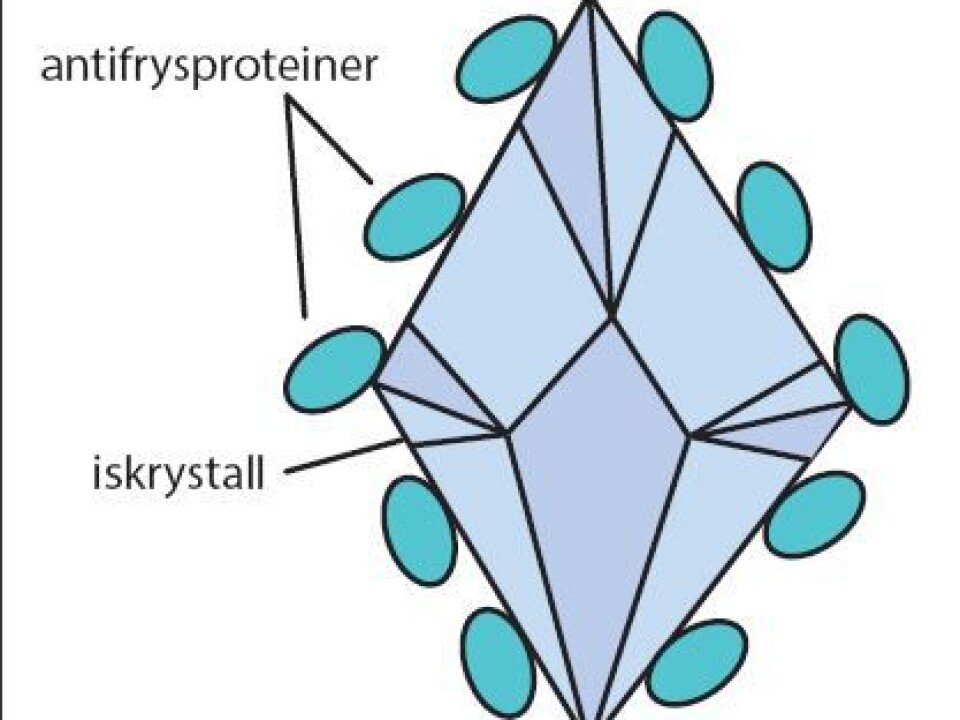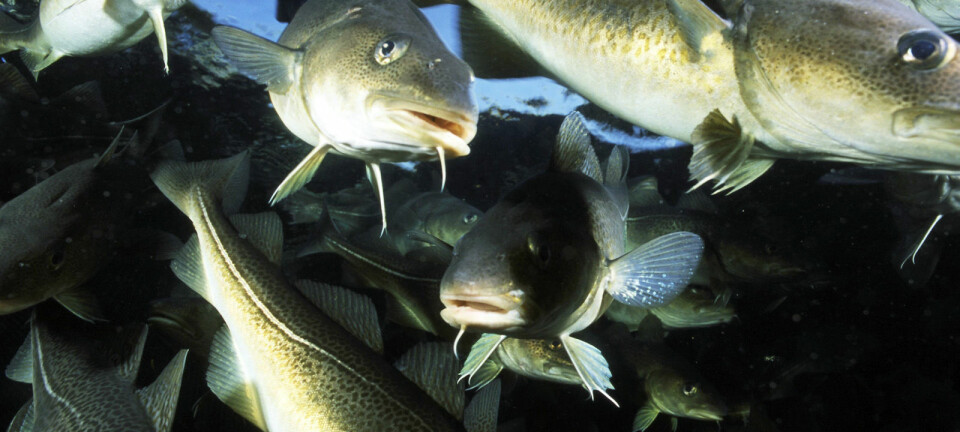
How cod took over in the icy Arctic waters
Codfish can eat prey right up under the sea ice in winter, thanks to an antifreeze in their blood.
We all know that water freezes at 0° Celsius. But seawater can retain its liquid state down to -2° C because of it’s a salt solution. Such sub-zero temperatures can cause fatal harm to cold-blooded organisms such as fish.
But cod and the spawning cod that migrate to North Norway have at some time evolved a unique ability to tackle freezing temperatures. This enables them to find food right beneath the surface ice of the polar region in winter without any competition from other fish. Norwegian researchers have now mapped the genetic key to the cod family’s success in adapting to icy ocean waters.
“Genes that emerge by chance and natural selection explain the evolutionary success of the cod,” says Research Fellow Helle Tessand Baalsrud, who will soon give her doctoral dissertation on the subject.
Her article has been published in the journal Molecular Biology and Evolution.
Antifreeze in the blood

Codfish and many of their relatives have developed the ability to produce antifreeze proteins in their blood. It works in a way like the chemicals in windshield wiper fluids in cars.
“These proteins are more effective than antifreezes, which consist of alcohols,” says Baalsrud.
Such proteins bind to tiny ice crystals in the blood of the cod and prevent the ice from accruing and injuring the fish.
The gene that oversees the production of the antifreeze proteins is thus a key to codfish survival in Arctic waters.

This has been known for a while, but scientists have not known how the gene came about.
A group of University of Oslo researchers decided to find out.
They analysed the genes of many species – Atlantic cod, polar cod and arctic cod.
Turns on like a thermostat
The gene is turned on in winter and this leads to the production of the protein that keeps blood from freezing, explains Baalsrud.
“The gene gets expressed according to need and is triggered by temperatures. There is no antifreeze protein in the cod you fish in the summer.”
Norwegian World War II buffs might find an interesting connection here: she is related to a renowned resistance commando, Jan Baalsrud, who rather miraculously survived a long escape on foot from German forces in the winter of 1943, with severe frostbite injuries.
Competitive advantage
Codfish get a competitive advantage from their ability to tolerate sub-zero seawater temperatures as these ocean waters are highly productive for the food chain. They have access to an abundance of food that other fish their size, lacking this adaptation, are not around to snap it up.
Codfish can eat right underneath the floating ice in the winter, as the spawning cod to in the Barents Sea.
Other Arctic fish species have to seek something edible at greater depths where the ocean is warmer.
“Our polar cod’s antifreeze gene is similar, by the way, to some genes that have evolved in fish in the Antarctic which have been mapped by other scientists,” says Baalsrud.
Orphan gene
The antifreeze gene in cod does not look like a classic gene, but rather as non-coding DNA, often called “junk DNA”. Most genes are related to one another, just as species are mutually related.
“The antifreeze gene is a so-called orphan gene, meaning it has no relatives,” says Baalsrud.
These genes have developed in an unusual manner from non-coding DNA.
The researchers found non-coding DNA which looked like the antifreeze in the cod genome.
“This can indicate that the forefather of cod had antifreeze-like sequences in its genome and that these have mutated to become a complete, functional gene which was the source of the first antifreeze protein,” says Baalsrud.
-------------------------------------
Read the Norwegian version of this article at forskning.no.
Translated by: Glenn Ostling
































